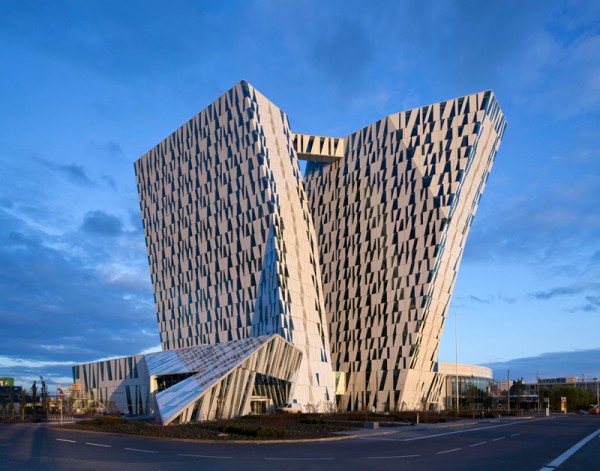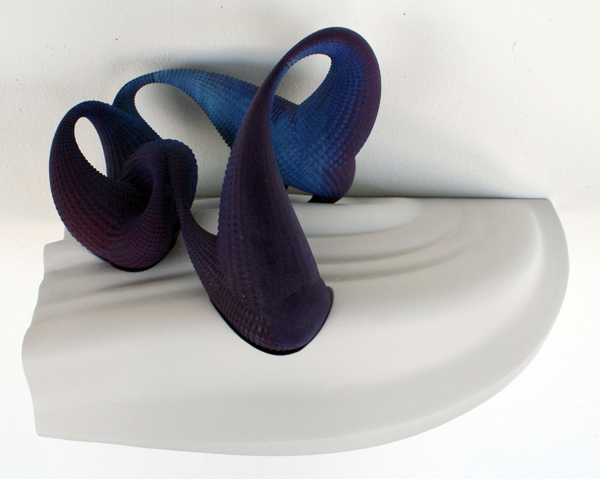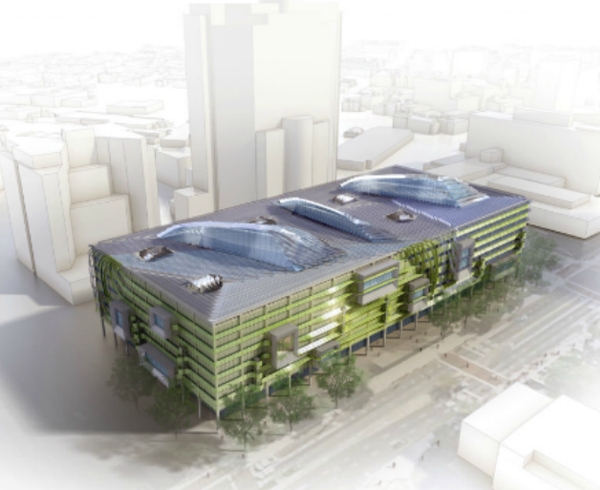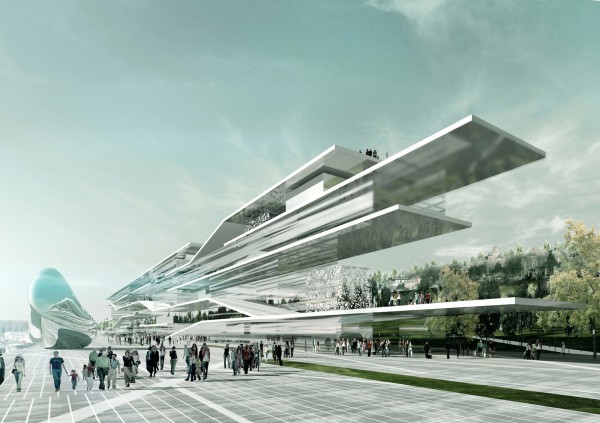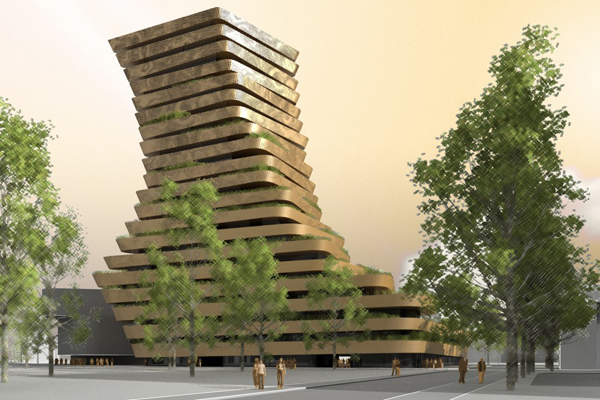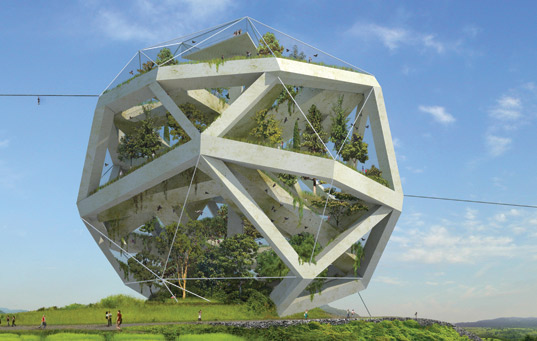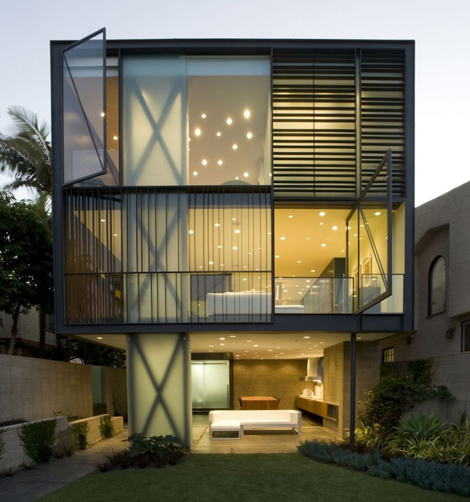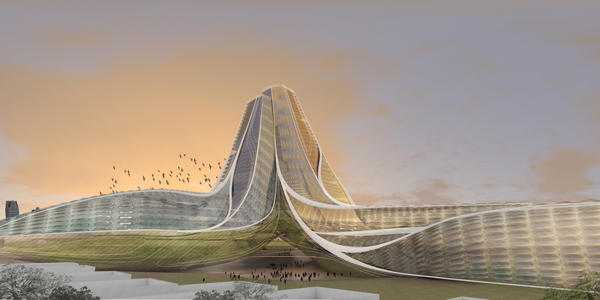With a relaxed, yet stylish interior strategy for the Bella Sky Hotel’s rooms, reception and conference rooms, 3XNs design aims were to give guests the impression of arriving at a tasteful Scandinavian home.
The Best from Nordic traditions
‘Although Bella Sky is the Nordic region’s largest hotel, we have done everything to ensure that the hotel doesn’t give the typical impersonal and formal feeling that so often defines large hotels,’ says 3XN Architects’ founder and partner, Kim Herforth Nielsen. ‘Therefore, we decided to interpret the overall theme as New Nordic Cool. We looked at how Scandinavians approach the design of their homes, how they live – and then chose the best of our design tradition for the Bella Sky Hotel. Key words for us were simplicity, functionality and high quality, both in design and materials.’
Therefore anything synthetic was banned in the selection of materials for the hotel’s 814 rooms. Carpets are in wool, bed sheets in high thread count cottons, and there is a prevailing use of natural materials such as smoked oak and leather found throughout the décor. The smokey colour palette gives the rooms warmth and at the same time creates references to the Nordic nature, which is evident from the hotel views over the nature park, ‘Amager Common.’ Read the rest of this entry »

